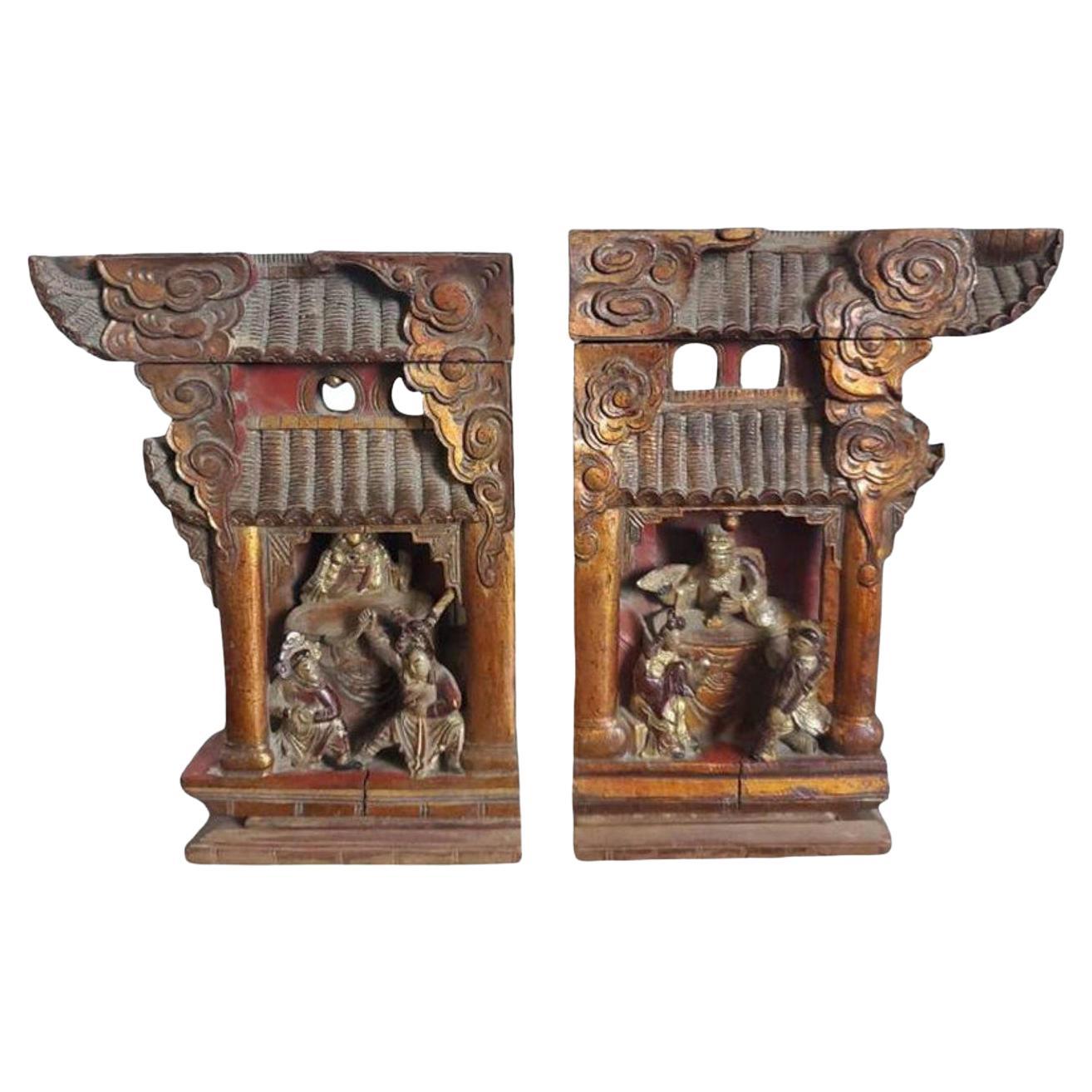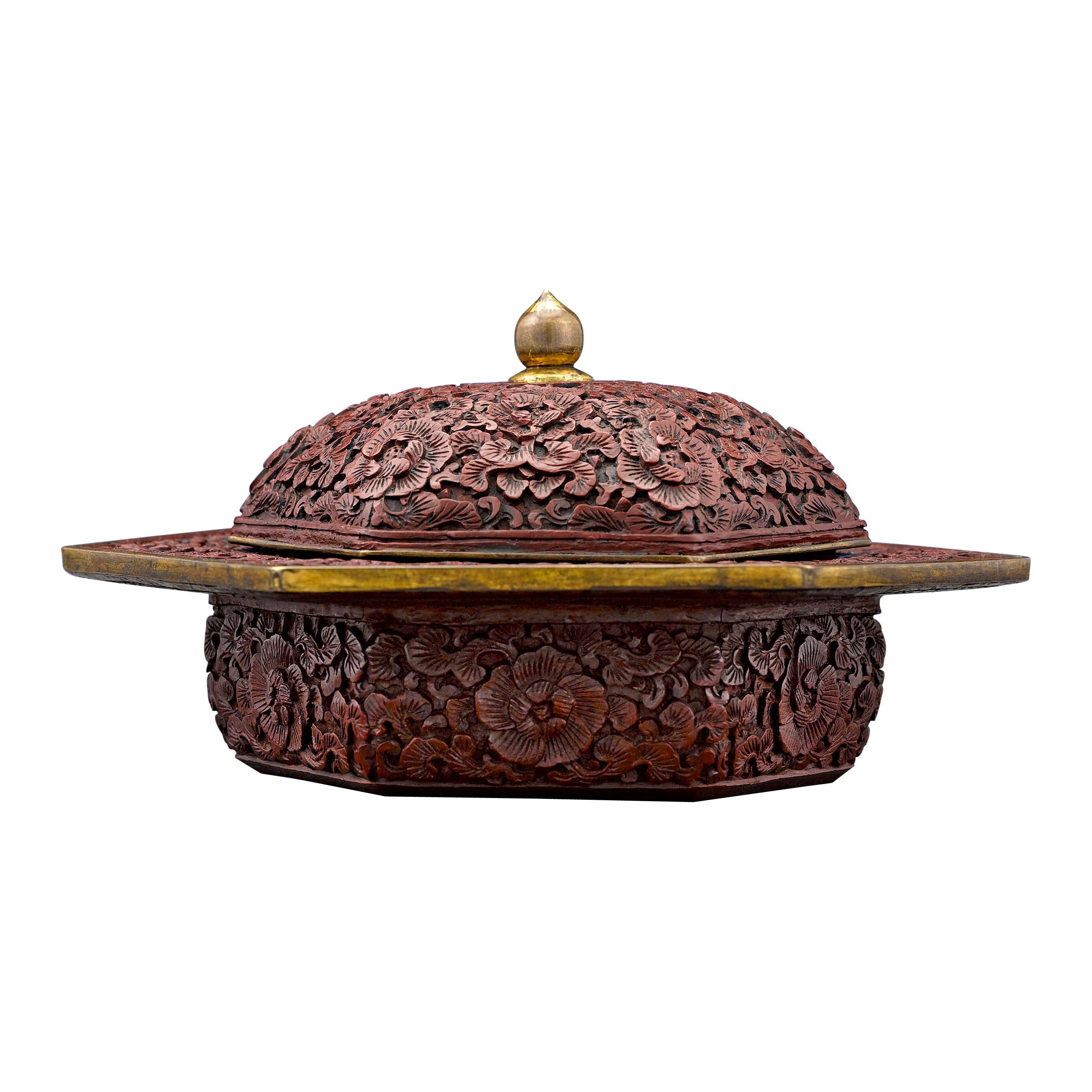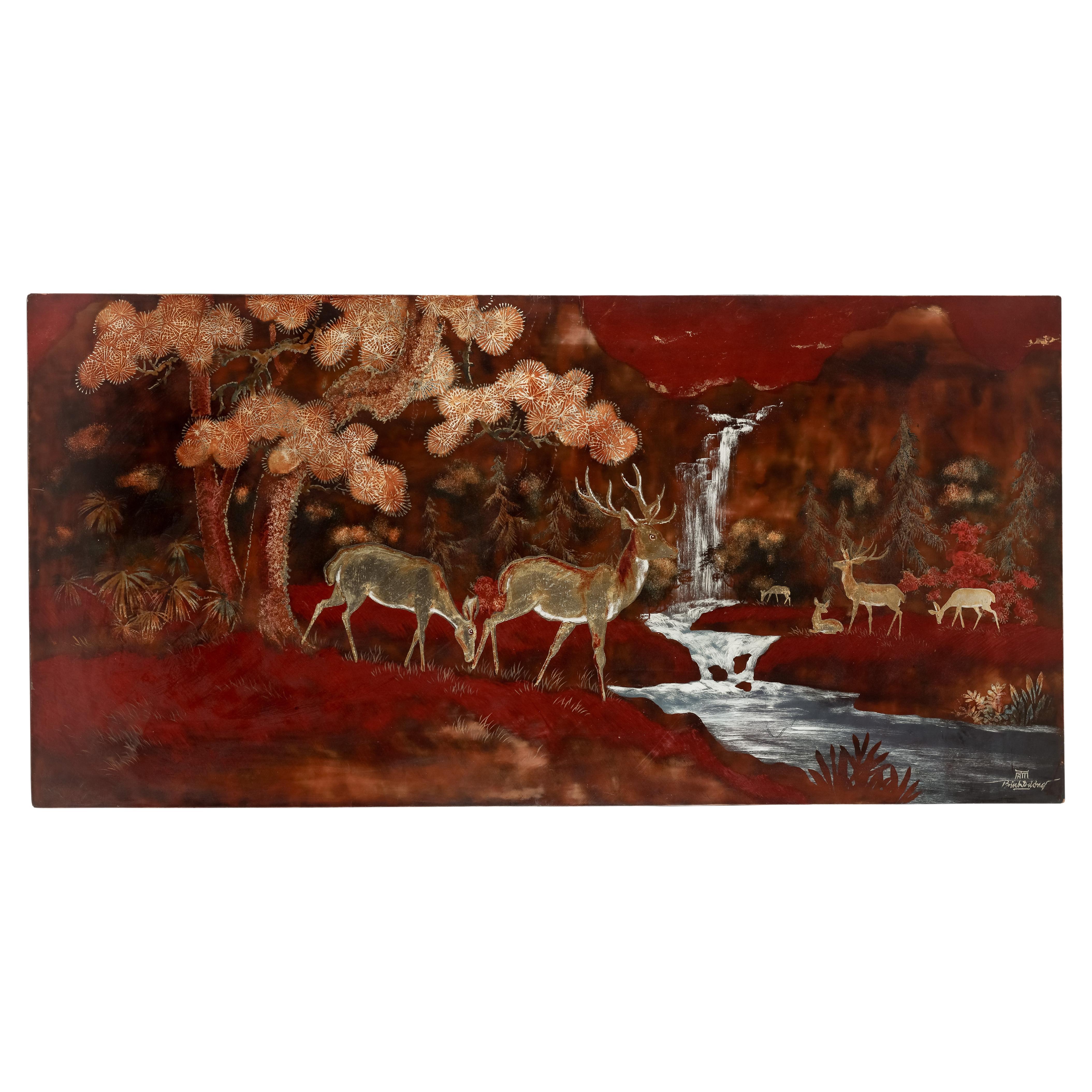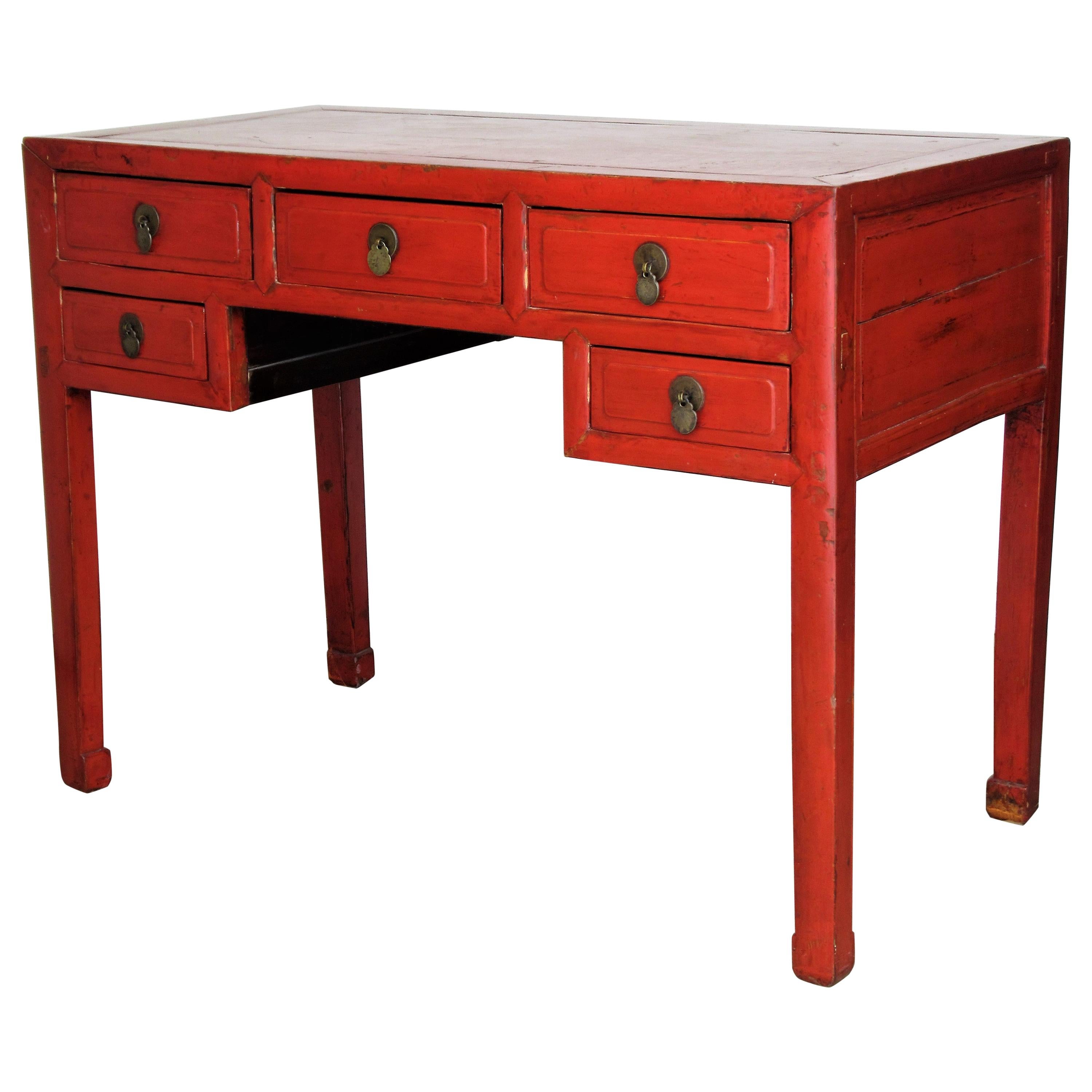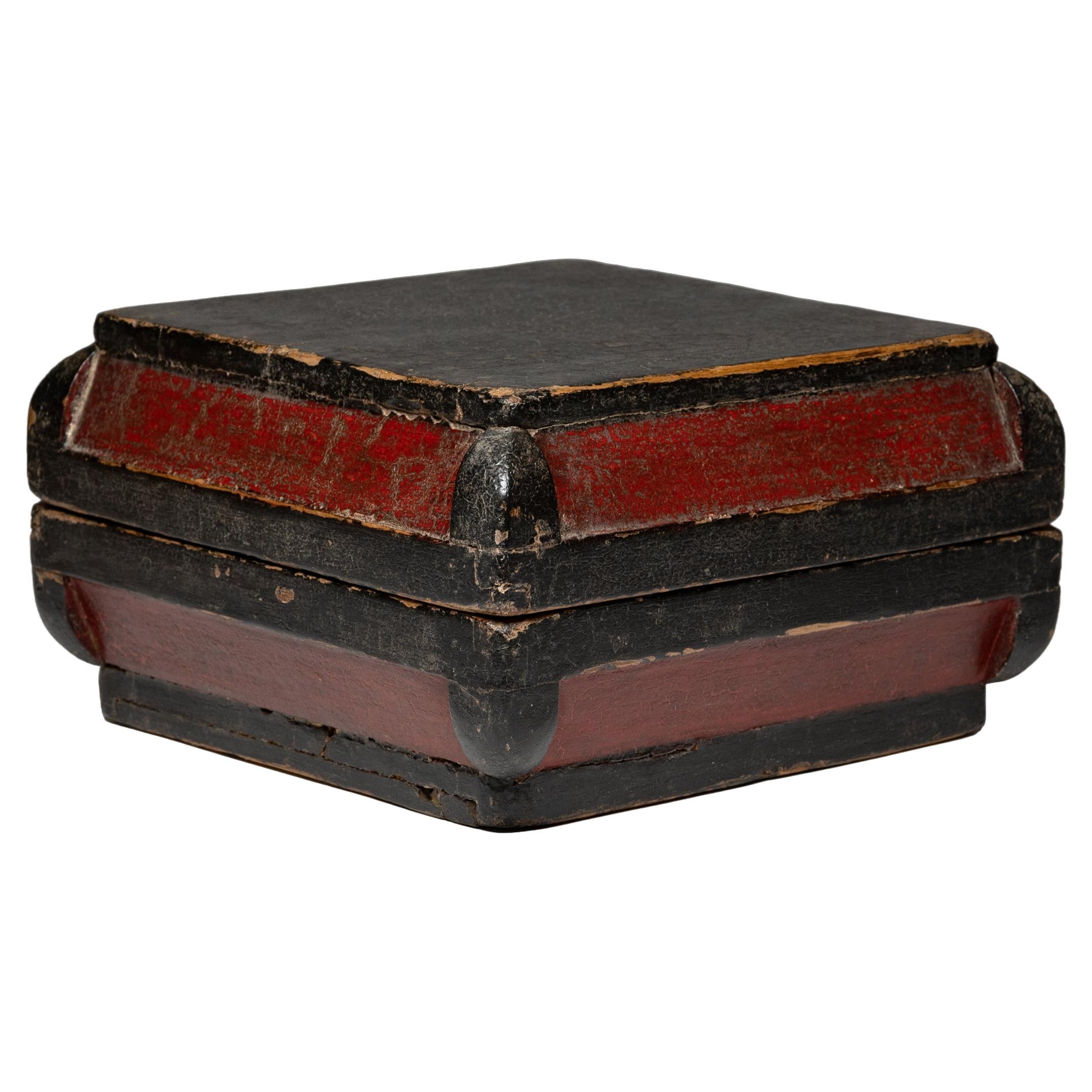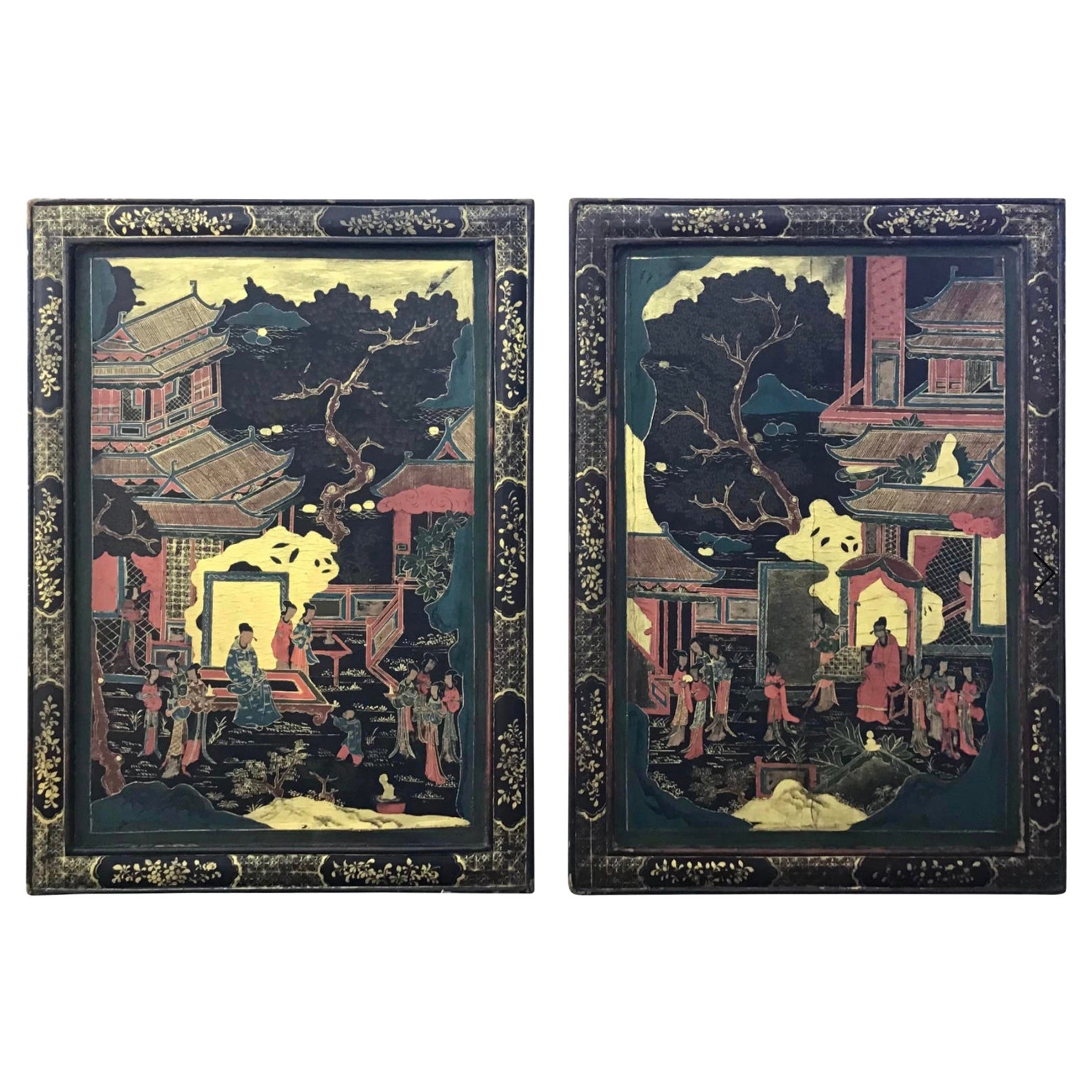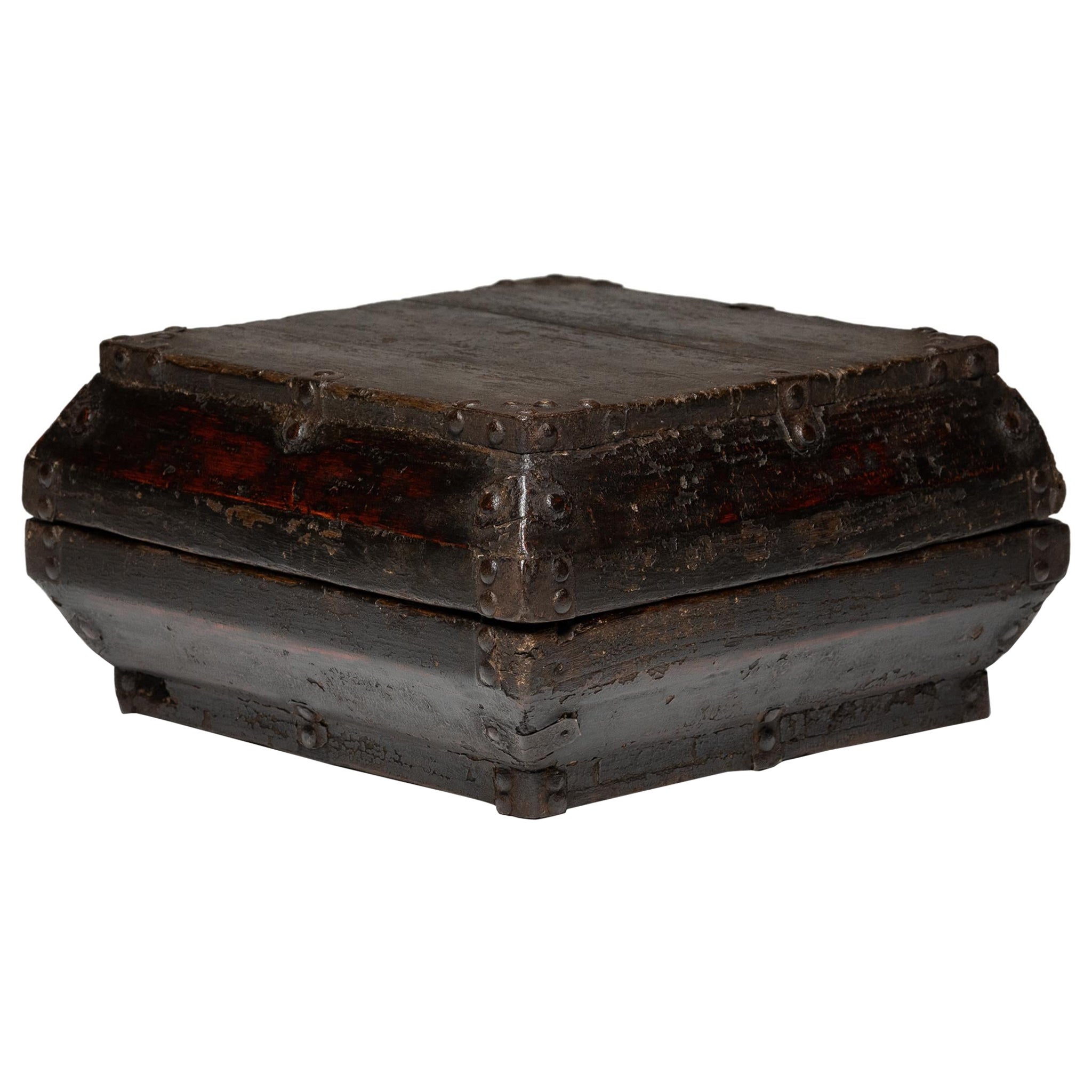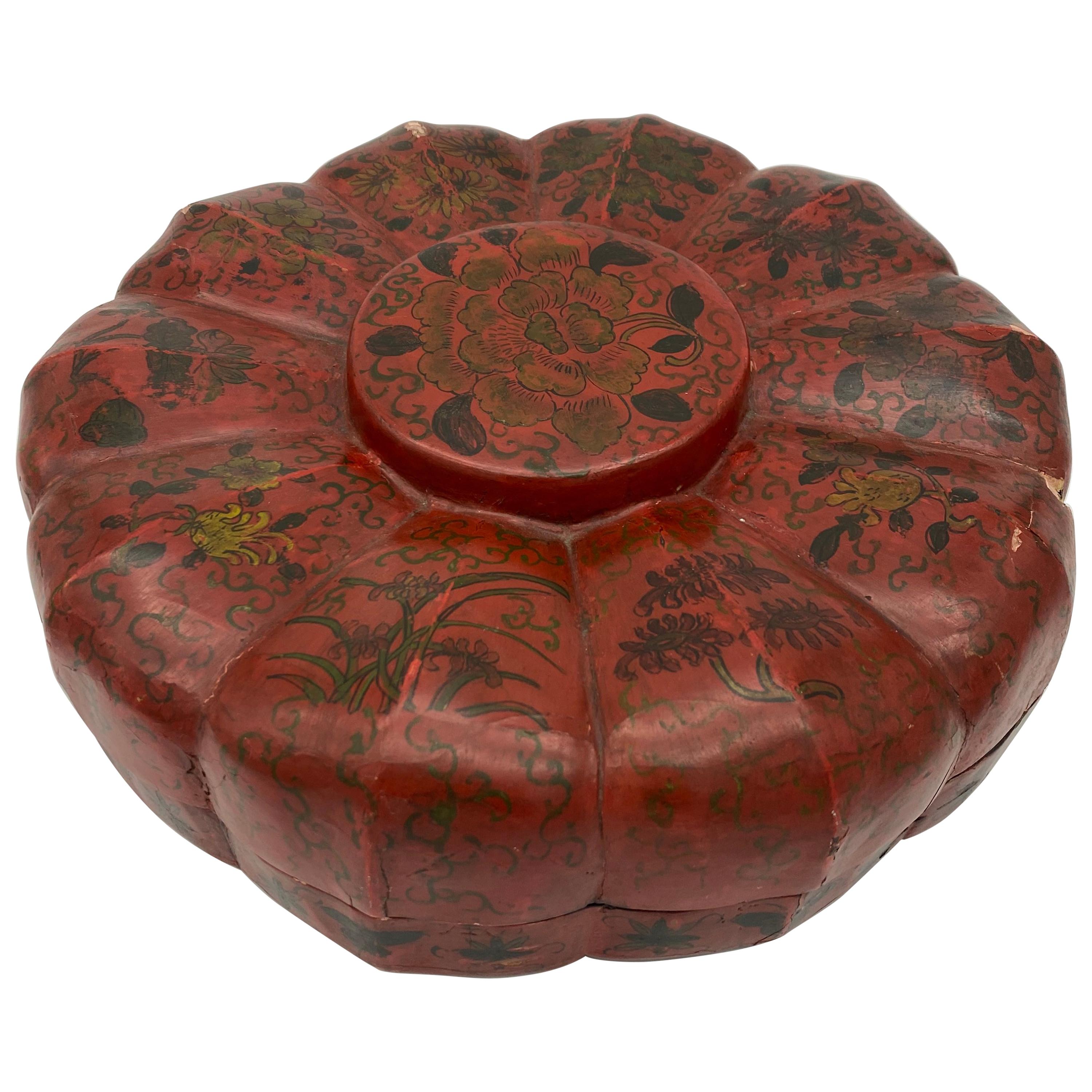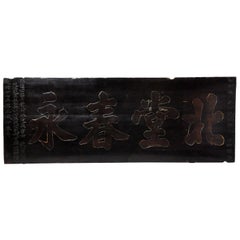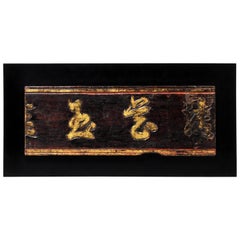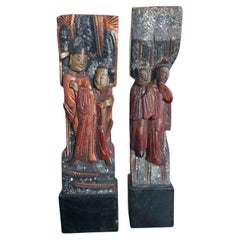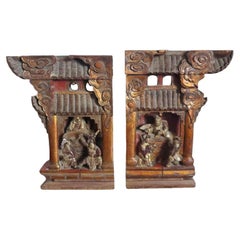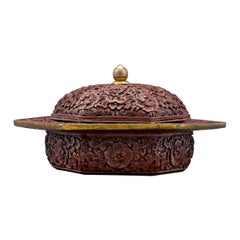
Chinese Lacquered Sign
View Similar Items
Want more images or videos?
Request additional images or videos from the seller
1 of 9
Chinese Lacquered Sign
About the Item
About the Seller
5.0
Platinum Seller
These expertly vetted sellers are 1stDibs' most experienced sellers and are rated highest by our customers.
Established in 1989
1stDibs seller since 2010
410 sales on 1stDibs
More From This SellerView All
- Chinese SignLocated in Chicago, ILThis impressive sign was once hung above the entrance to a Chinese ancestral hall. It is made from planks of Elmwood covered in layers of thick black tree lacquer for protection from...Category
20th Century Chinese Screens and Room Dividers
MaterialsWood, Lacquer
$7,800 - Fragment of a Chinese SignLocated in Chicago, ILThe sign is of Burmese origin, made from teakwood and covered in lacquer and gold leaf. The two legible characters are “Jade” and “Art”. As many carved signs were shop signs, this may have been a jade dealer’s sign...Category
20th Century Chinese Architectural Elements
MaterialsGold Leaf
$570 Sale Price40% Off - Chinese Lattice Wall PanelLocated in Chicago, ILThis elegant wall lattice once fit inside tracks in the floor and ceiling for easy removal. Though visually simple, close inspection reveals the lattice t...Category
Antique 19th Century Chinese Screens and Room Dividers
MaterialsElm
$1,950 Sale Price70% Off - Monumental 19th Century Indian Building FacadeLocated in Chicago, ILThis magnificent building facade was once part of a grand mansion in Gujarat, India. It is entirely made from Teakwood, which is highly resistant to in...Category
Antique 19th Century Indian Anglo Raj Architectural Elements
MaterialsTeak
$84,000 Sale Price30% Off - Carved Wooden Bamana Tribe Style PostLocated in Chicago, ILBamana tribe art is known for masks, textiles and architectural elements. This Y-shaped post supported a heavy roof timber and acted as a welcoming symbol...Category
20th Century African Tribal Architectural Elements
MaterialsWood
$5,200 Sale Price54% Off - Italian Giltwood Architectural FragmentLocated in Chicago, ILThis grand piece of moulding once framed an entrance or part of an ecclesiastical structure in a great church. Classical elements are seen in the rectangular dentil moulding and flo...Category
Antique Late 18th Century Italian Architectural Elements
MaterialsOak, Pine, Giltwood
$3,850 Sale Price30% Off
You May Also Like
- Pair of Qing Dynasty Chinese Religious Temple Architectural OrnamentLocated in Forney, TXA scarce pair of Qing Dynasty temple architectural ornaments, the decorative antique building element fragments each elaborately hand carved, polychrome painted and lacquered, richly detailed featuring two figural pairs accented...Category
Antique Early 19th Century Asian Folk Art Architectural Elements
MaterialsMother-of-Pearl, Wood, Lacquer, Paint
- Rare Set of Two Qing Dynasty Chinese Architectural Temple BracketsLocated in Forney, TXAn original matched pair of exceptionally carved Chinese temple architectural ornaments, the ornate decorative brackets salvaged from an early Qing Dynasty temple, the richy detailed...Category
Antique Early 19th Century Asian Folk Art Architectural Elements
MaterialsWood, Lacquer, Paint
- Chinese Cinnabar Lacquer CuspidorLocated in New Orleans, LAThis intriguing Chinese zhadou is intricately carved of fine cinnabar lacquer. A work of exceptional artistry, this covered bowl is adorned with an intricately carved floral motif on all surfaces, including the cover and the wide rim. Also known as a cuspidor or spittoon, this rare container would have been used by members of the imperial family and scholar- officials at the court. Carved during the Kangxi period (1662-1722), this charming piece exhibits the high detail and charm associated with items from that period, making it a true treasure, Early 18th century (Kangxi dynasty) Measures: 6 ¼” wide x 3 ¼” high Cinnabar has been revered for its color all over the world. It has been found in the royal burial chambers of the Mayas, in the rituals of India, and in the ruins of ancient Greece and Rome. In China, cinnabar and gold were the two most important elements in alchemy. Mined since the Neolithic Age, cinnabar is the ore of mercury, and as such, it can be incredibly toxic, especially when mining. In fact, during the Roman Empire, miners at Spain’s Almadén mine in Spain were frequently exposed to mercury fumes, and the subsequent, often fatal, sickness was considered an occupational hazard. The most popular known use of cinnabar is in Chinese carved lacquer-ware, a technique that is believed to have originated in the Song Dynasty, in which cinnabar is ground to a powder and added to clear lacquer. As with mining, there was inherent danger of mercury poisoning for those who carved the lacquer, as mercury was also released into the air when artisans ground the pigments. Most antique cinnabar...Category
Antique 18th Century Chinese Other Lacquer
MaterialsLacquer
- Important Signed Vietnamese LacquerLocated in Jersey City, NJThis lacquer is decorated with deers in a lush environnement in lavish reds with a waterfall in silver leaf. It has a seal and is signed by the artist. Lacquer is an ancestral Viet...Category
Vintage 1950s Vietnamese Lacquer
MaterialsGold Leaf
- Antique Chinese Lacquered Console TableLocated in Rochester, NYAntique Chinese mandarin red lacquered console table server with five deep drawers / fine brass hardware. dovetailing at rear of drawers / tenon construction on case. Overall beautif...Category
Early 20th Century Chinese Qing Furniture
MaterialsBrass
- Chinese Lacquered Snack Box, c. 1820Located in Chicago, ILThis simple lacquered container was once used as a 19th-century snack box, presented as a gift during holidays and special occasions. To the delight of the r...Category
Antique Mid-19th Century Chinese Qing Lacquer
MaterialsWood, Lacquer
Recently Viewed
View AllMore Ways To Browse
Sake Ewer
Art Deco Onlay
Yellow Blue Vintage Rugs
Italian Vases Venini
Hidden Furniture Collection
The Big Chair
1960s French Dining Table
Midcentury Modern Murano Pendant Chain
Large Chest Drawers Storage Cabinet
1960s Large Murano Glass
Amber Glass Metal
Hand Turned Walnut
Clear Opal
Pair Of Lamps Signed
Entry Coat Rack Midcentury
Vases From Denmark
Modern Floor Sculpture
Painted 19th Century Drawers

